I generate a list of ggplot objects inside a loop as follows:
myPlots = list()
for(i in 1:length(maturities)){
myPlots[[i]] <- ggplot(deltaIR.df, aes(sample = deltaIR.df[,i])) +
stat_qq() + stat_qq_line() +
labs(title=maturities[i],
x = "Theoretical (Normal)",
y = "Empirical Distribution")
}
Depending on the dataset, there could be between 4 and 10 plots in myPlots. I now want to print them on one page in two rows, and have tried various methods with varying degrees of success. The most promising approach is
library(ggpubr)
grid.arrange(myPlots[[1]], myPlots[[2]], myPlots[[3]], myPlots[[4]],
myPlots[[5]], myPlots[[6]], myPlots[[7]], myPlots[[8]], nrow = 2)
This clearly works, but requires me to enumerate all the objects, and I don't know how many objects there will be. I tried to simplify this by writing
ggarrange(myPlots, nrow = 2)
but received a warning message:
Warning message:
In as_grob.default(plot) : Cannot convert object of class list into a grob.
What am I doing wrong, and how can I fix this? Ideally, a simple, single, line of code will print all the plots stored in myPlots in two rows.
Thanks in advance
Thomas Philips


